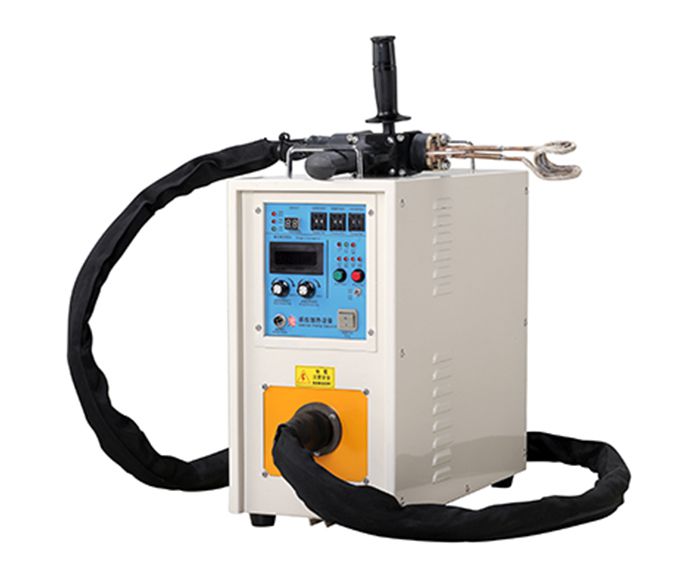Induction hardening machines are widely used in modern manufacturing industries for hardening metal surfaces. This process involves heating a metal part using an electromagnetic field and then rapidly cooling it (quenching) to increase surface hardness while keeping the core tough and flexible. These machines offer several benefits over traditional methods of surface hardening, including precision, speed, and energy efficiency. For companies aiming to enhance the durability and performance of metal parts, induction hardening machines are an essential tool.
The induction hardening process is based on electromagnetic induction. A coil generates an alternating magnetic field, which induces electric currents (eddy currents) on the surface of the metal part being treated. The resistance of the metal to these currents causes rapid heating, typically to temperatures between 800°C and 1,000°C. Immediately after heating, the part is quenched with a cooling medium like water, oil, or air, transforming the surface into a hardened structure while maintaining the core’s toughness.

Induction hardening offers numerous advantages over other heat treatment processes. These include:
Induction hardening machines allow for precise control of the heating process. This ensures that only specific areas of a component are hardened, reducing material waste and improving overall performance. The depth of hardening can also be tightly controlled, allowing manufacturers to tailor the process to the specific requirements of each part.
Because induction hardening heats only the surface of the metal, it consumes less energy than other heat treatment methods, such as furnace heating. Additionally, the process is fast, reducing overall energy consumption. This makes it a cost-effective option for high-volume production runs.
Induction hardening machines are used across a wide range of industries to improve the performance and longevity of critical metal components. Some of the most common applications include:
In the automotive industry, induction hardening is commonly applied to parts such as gears, shafts, and camshafts to enhance their wear resistance and fatigue strength. These components must withstand significant stress during operation, and induction hardening helps extend their lifespan.
Cutting tools and dies are also commonly hardened using induction machines. The increased surface hardness makes these tools more resistant to wear, ensuring that they can maintain their cutting edges for longer periods, thereby increasing efficiency and reducing maintenance costs.
Construction and agricultural machinery parts, such as axles, drive shafts, and gear teeth, often undergo induction hardening to enhance their durability. These parts are subjected to high loads and abrasive environments, making hardening crucial for their performance.
When selecting an induction hardening machine, several factors must be considered to ensure that it meets the specific needs of your manufacturing process:
The power capacity of the induction hardening machine is a critical factor, as it determines the maximum size and material properties of the parts that can be processed. Machines with higher power output can harden larger or more complex components.
The operating frequency of the induction machine affects the depth of hardening. Low-frequency machines are ideal for deep hardening, while high-frequency machines are better suited for surface-level hardening. Manufacturers should choose a machine that can achieve the desired hardening depth for their specific parts.
Induction hardening equipments offer a powerful and efficient solution for enhancing the durability and performance of metal components across various industries. By choosing the right machine and process parameters, manufacturers can significantly extend the service life of their products, reduce costs, and improve operational efficiency. Whether in automotive, aerospace, tool manufacturing, or heavy equipment, induction hardening plays a crucial role in modern manufacturing processes.
Previous: CRA-RI30-40-PRO-51-B
Next: Popular Dual Shaft Shredder for Blow Molding Waste: A Powerful Solution for Plastic Waste Management
Copyright:@2020-2021
Comments Please sign in or sign up to post.
0
0 of 500 characters used